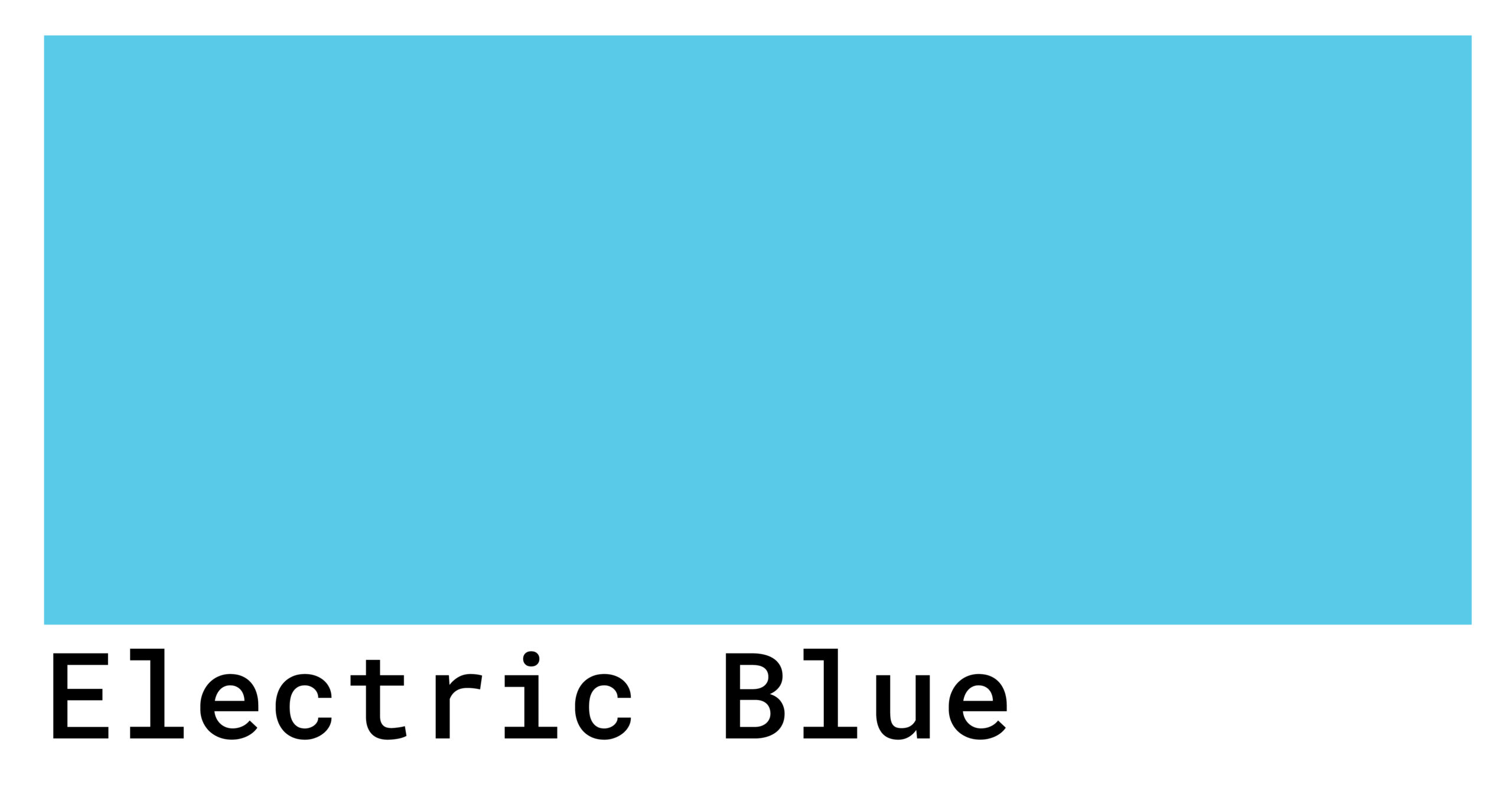

Key retaining-ensures that padlock is not left unlocked.
#Osha light blue color code code

Purple/Violet - In some jurisdictions, purple or violet beacon lights are used to denote vehicles guiding funeral processions. In some jurisdictions green beacons are used by vehicles guiding funeral processions. Green beacons are also used on mobile command posts by fire chiefs to denote that a command vehicle is on the scene. Other common uses of green beacons are for those who respond to emergencies in their communities such as Community Emergency Response Teams (CERT). Some facilities use green beacons on the vehicles used by safety representatives. Green - The color green is often associated with safety or in some cases, security. If you are not certain about the appropriate use of blue warning lights in your particular locale or application, we recommend that you consult with local officials. Blue beacon lights may also be used in some cases by EMT's and firefighters, depending on the particular jurisdiction. Use of blue lights in buildings or on properties where the blue light is not visible to nearby public thoroughfares may be permissible. Red is also used to warn people to stay away from an area that poses a risk or hazard.īlue - In many jurisdictions, blue lights are only allowed to be used by law enforcement personnel in certain public places such as streets and highways. In buildings or at industrial facilities, red beacons can be used to warn of the presence of a hazardous process or condition. In some jurisdictions, use of a flashing or revolving warning light on vehicles using public thoroughfares is restricted to fire and police departments. Red - The color red is usually associated with emergency situations and is widely accepted as appropriate for emergency workers and vehicles, especially fire fighters and police. Amber and yellow beacons are also appropriate use for building warning light applications to encourage caution or heightened awareness of potential hazards. They are also commonly used for public and private road construction, visibility on construction sites and vehicle visibility on interior airport thoroughfares. In particular, amber and yellow beacon lights are used as warning lights for slow moving or stationary service vehicles on public thoroughfares. So how do you know what color is best to use for your application? The list below can help you decide.Īmber/Yellow - This color is popular beacon color for a variety of applications. Furthermore, some jurisdictions put restrictions on what color light you can use on public thoroughfares, for example. In our society, different colors have different meanings.
#Osha light blue color code how to
How to Get the Best Visibility for Warning Lightsĭoes the color of a beacon matter? That depends on the application.


 0 kommentar(er)
0 kommentar(er)
